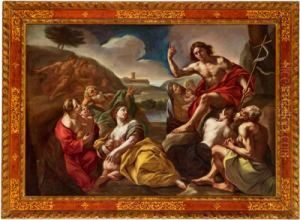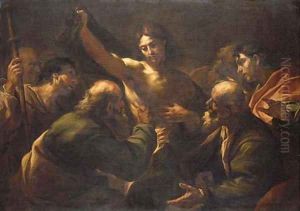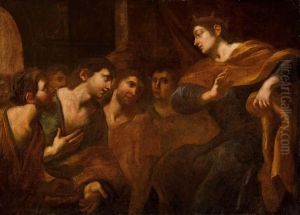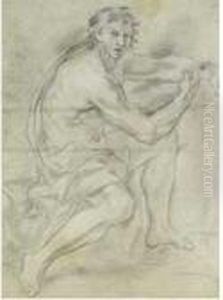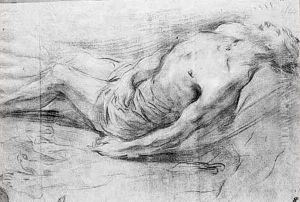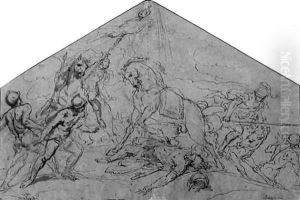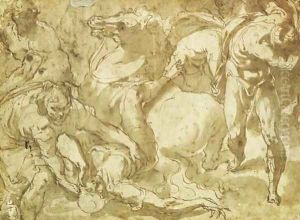





Attribue A Giovanni-battista Beinaschi - La Conversion De Saint Paul
-
About Reproduction
Discover the allure of art with our faithful reproduction of "Attribue A Giovanni-battista Beinaschi - La Conversion De Saint Paul", originally brought to life by the talented Giovan Battista Beinaschi. Unlike posters or prints, our hand-painted oil painting breathes an unique sense of depth and texture into your space. Every detail, every stroke, and every texture is meticulously recreated, paying the perfect homage to Giovan Battista Beinaschi and his artistic vision.
Owning this piece is more than just decoration - it's a statement of your refined taste in art. Let the vibrant colors and intricate details of this replica serve as a daily reminder of the beauty in our world. Elevate your decor and appreciate the richness of art with our replica of this masterpiece.
-
Painting Description
"Attribue A Giovanni-battista Beinaschi - La Conversion De Saint Paul" is a painting traditionally attributed to the Italian Baroque artist Giovan Battista Beinaschi (1636–1688). Beinaschi, known for his dynamic compositions and dramatic use of light, was active during the 17th century, a period that witnessed the flourishing of the Baroque style in art. The painting depicts the biblical event of the conversion of Saul of Tarsus, who later became known as Saint Paul, one of the most influential figures in early Christian history.
The subject of the painting is drawn from the Acts of the Apostles in the New Testament, where Saul, a Pharisee and persecutor of Christians, experiences a miraculous vision of Jesus Christ on the road to Damascus. This event leads to his conversion to Christianity and his subsequent mission to spread the Christian faith. Beinaschi's interpretation of this pivotal moment is characterized by his use of dramatic lighting and intense emotion, hallmarks of the Baroque style that aimed to engage viewers and evoke a sense of spiritual fervor.
While the attribution of the painting to Beinaschi suggests his authorship, the use of the term "attribue" indicates that there may be some uncertainty or debate regarding the true identity of the artist. This could be due to a lack of definitive documentation, stylistic variations within the work that differ from Beinaschi's known oeuvre, or similarities with the works of his contemporaries. Art historical scholarship often reassesses attributions as new research comes to light, and the painting's provenance and stylistic analysis would play crucial roles in confirming or challenging the attribution to Beinaschi.
The painting's depiction of the conversion of Saint Paul is significant within the context of Baroque art, as it exemplifies the period's emphasis on religious themes that were designed to inspire and instruct the faithful. The work would likely have been commissioned for a religious setting, such as a church or a private chapel, where it would serve as both an object of devotion and a visual representation of the transformative power of divine grace.
As an artwork attributed to Giovan Battista Beinaschi, "La Conversion De Saint Paul" contributes to the understanding of the artist's body of work and the broader context of Baroque painting in Italy. It offers insight into the religious and artistic sensibilities of the era, as well as the enduring appeal of biblical narratives as subjects for artistic interpretation.
-
Lead Time & Shipping
When you order this oil painting replica, it typically takes 2-3 weeks to paint. If the artwork is more complex, it might need a little more time to ensure the best quality. Once it's ready, we'll send you a photo for your approval. After you give the green light, we'll ship it to you for free.
-
Return & Refund
We believe in the quality of our hand-painted oil painting reproductions, and your satisfaction is our priority. If for any reason, you are not completely satisfied with your purchase, we offer a 45-day return policy. You can return your artwork within 45 days of receipt and receive a full refund. Please note that the artwork must be returned in the original packaging and in the same condition as it was received.





